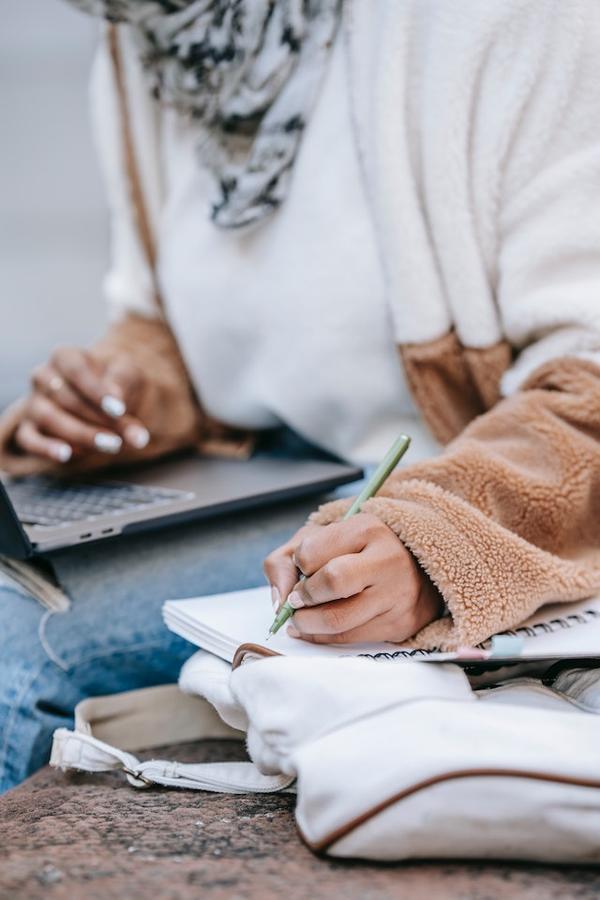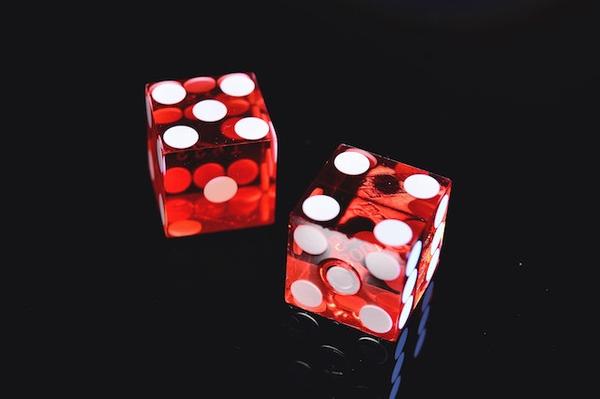Summary of Clip Meets Dino For Tuning Zero-shot Classifier Using Unlabeled Image Collections, by Mohamed Fazli Imam et al.
CLIP meets DINO for Tuning Zero-Shot Classifier using Unlabeled Image Collections
by Mohamed Fazli Imam, Rufael Fedaku Marew, Jameel Hassan, Mustansar Fiaz, Alham Fikri Aji, Hisham Cholakkal
First submitted to arxiv on: 28 Nov 2024
Categories
- Main: Computer Vision and Pattern Recognition (cs.CV)
- Secondary: Computation and Language (cs.CL); Machine Learning (cs.LG)
GrooveSquid.com Paper Summaries
GrooveSquid.com’s goal is to make artificial intelligence research accessible by summarizing AI papers in simpler terms. Each summary below covers the same AI paper, written at different levels of difficulty. The medium difficulty and low difficulty versions are original summaries written by GrooveSquid.com, while the high difficulty version is the paper’s original abstract. Feel free to learn from the version that suits you best!
| Summary difficulty | Written by | Summary |
|---|---|---|
| High | Paper authors | High Difficulty Summary Read the original abstract here |
| Medium | GrooveSquid.com (original content) | Medium Difficulty Summary The paper proposes a novel label-free prompt-tuning method, NoLA (No Labels Attached), to enhance CLIP-based image classification performance using unlabeled images. Building on the strengths of self-supervised learning models like DINO and large language models (LLMs), the approach unfolds in three steps: generating robust textual feature embeddings from LLMs for object classes, producing pseudo-labels using these embeddings and DINO’s visual features to train an alignment module, and prompt-tuning CLIP’s vision encoder through DINO-assisted supervision. This framework leverages the complementary strengths of visual and textual foundation models, achieving state-of-the-art label-free classification performance with an average absolute gain of 3.6% across 11 diverse image classification datasets. |
| Low | GrooveSquid.com (original content) | Low Difficulty Summary Imagine a way to help computers learn about pictures without needing lots of labeled examples. This paper presents a new approach that combines two powerful tools: CLIP, which helps machines understand text and images together, and DINO, which teaches machines to recognize objects in photos. The authors create a system that uses these tools to improve image classification without needing labels. They test their method on many different types of pictures and find it works better than current methods. This breakthrough could make computers even more helpful for tasks like photo tagging and object recognition. |
Keywords
* Artificial intelligence * Alignment * Classification * Encoder * Image classification * Prompt * Self supervised




